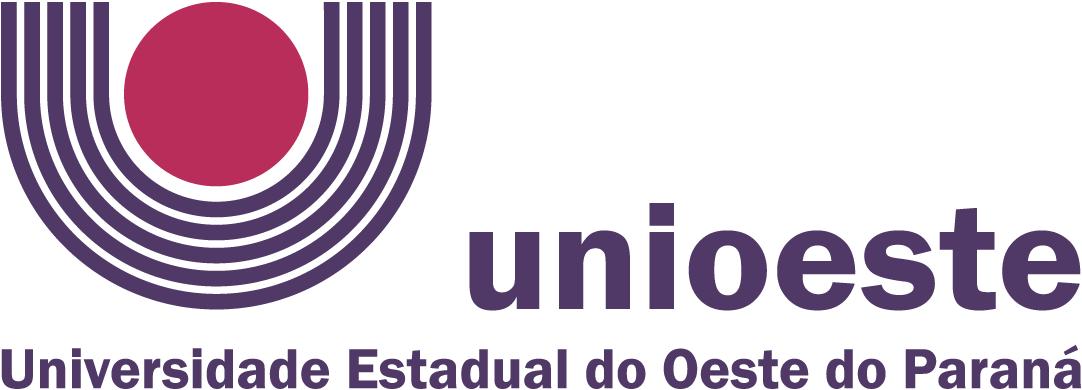Using phenology-based enhanced vegetation index and machine learning for soybean yield estimation in Paraná State, Brazil
Using phenology-based enhanced vegetation index and machine learning for soybean yield estimation in Paraná State, Brazil
Jonathan Richetti; Jasmeet Judge; Kenneth Jay Boote; Jerry Adriani Johann; Miguel Angel Uribe-Opazo; Willyan Ronaldo Becker; Alex Paludo; Laíza Cavalcante de Albuquerque Silva
15 June 2018
J. of Applied Remote Sensing, 12(2), 026029 (2018). https://doi.org/10.1117/1.JRS.12.026029
Abstract
Accurate and timely regional estimates of agricultural production are key for decision makers. This study aims to understand how different machine learning techniques impact soybean yield estimation in extracting maximum information from remotely sensed MODIS enhanced vegetation index (EVI) that is constrained by phenology. Specifically, a methodology is developed for incorporating phenological information aligned with EVI acquisition for each pixel and selecting the most significant predictors out of 36 predictors using feature selection. These predictors were then used in four machine learning algorithms (MLA) to obtain soybean yield estimates for observed farms in the Paraná State, Brazil. The optimal MLA was then implemented for the whole state to obtain regional soybean yield. The gradient boosting model (GBM) with all 36 predictors performed well with a mean difference of 3.5 kg ha − 1, an RMSD of 373 kg ha − 1, and Willmott’s d of 0.85, however, the random forest (RF) algorithm using five optimal EVI predictors presented similar results, but with considerably less computational time. Both GBM and RF provided higher regional yields compared to the officially reported yields by 1775 × 103 and 2059 × 103 metric tons, respectively. The RF with five EVI predictors provided the best results for regional soybean estimations, considering the accuracy and computational performances.
